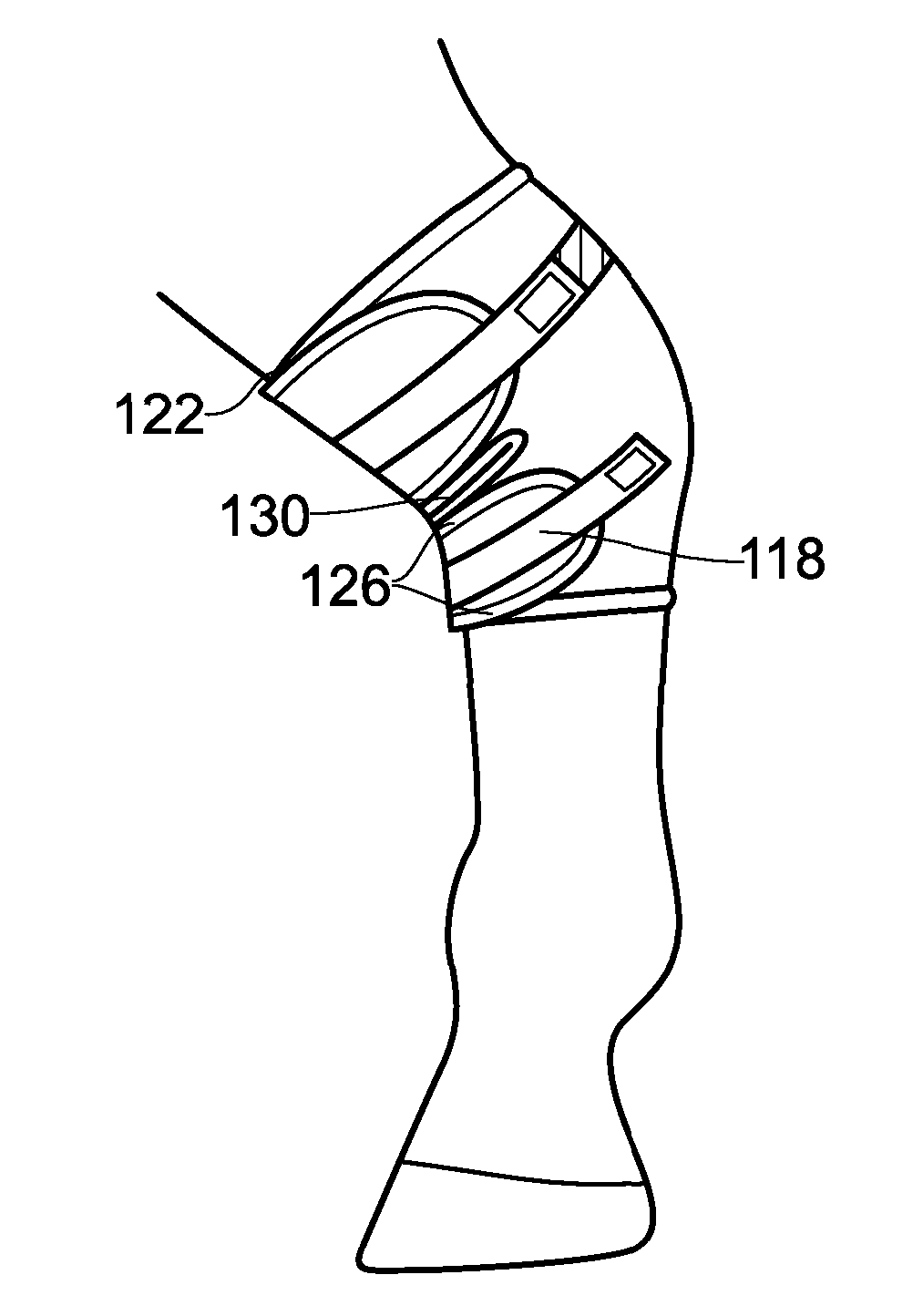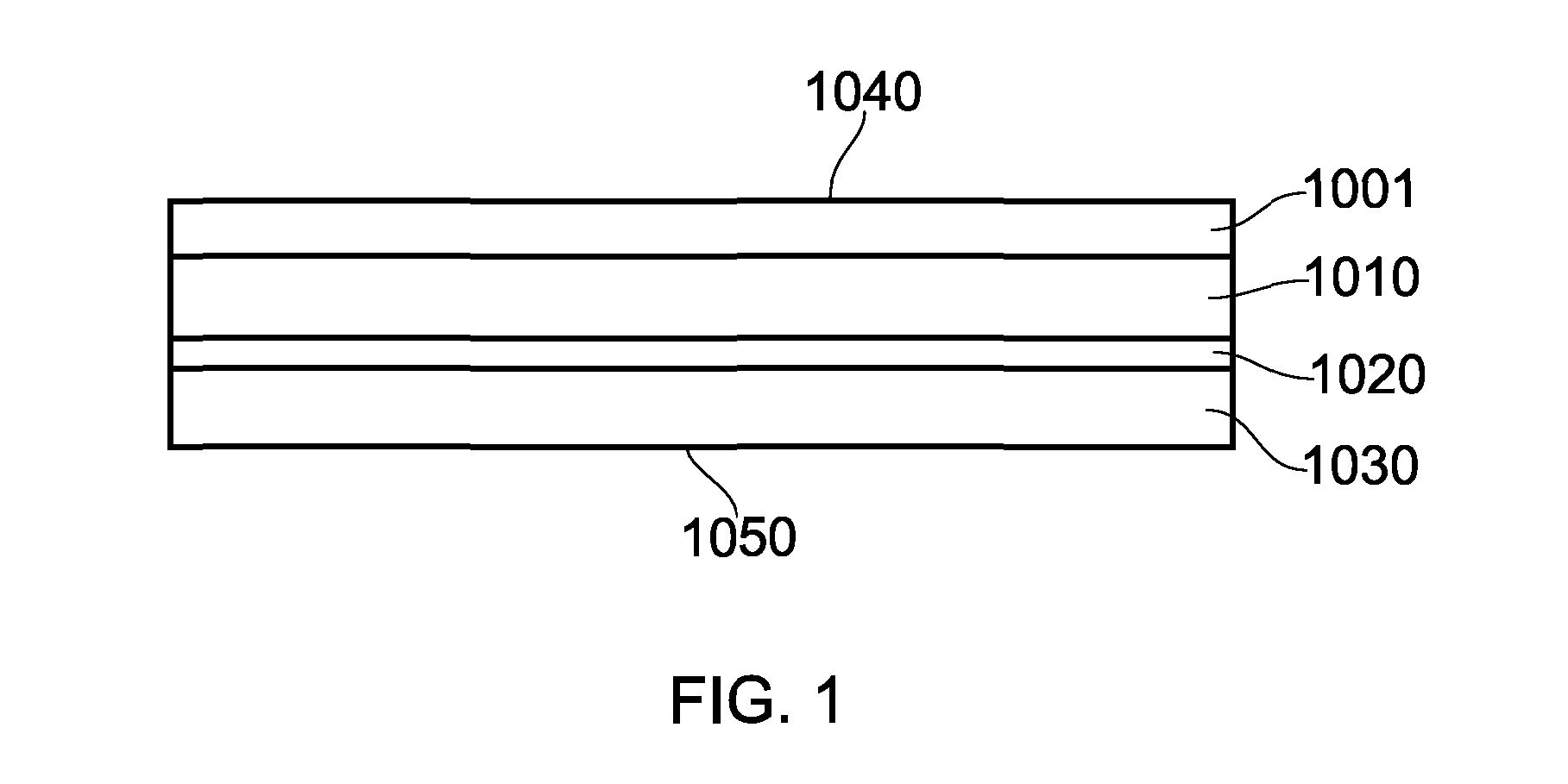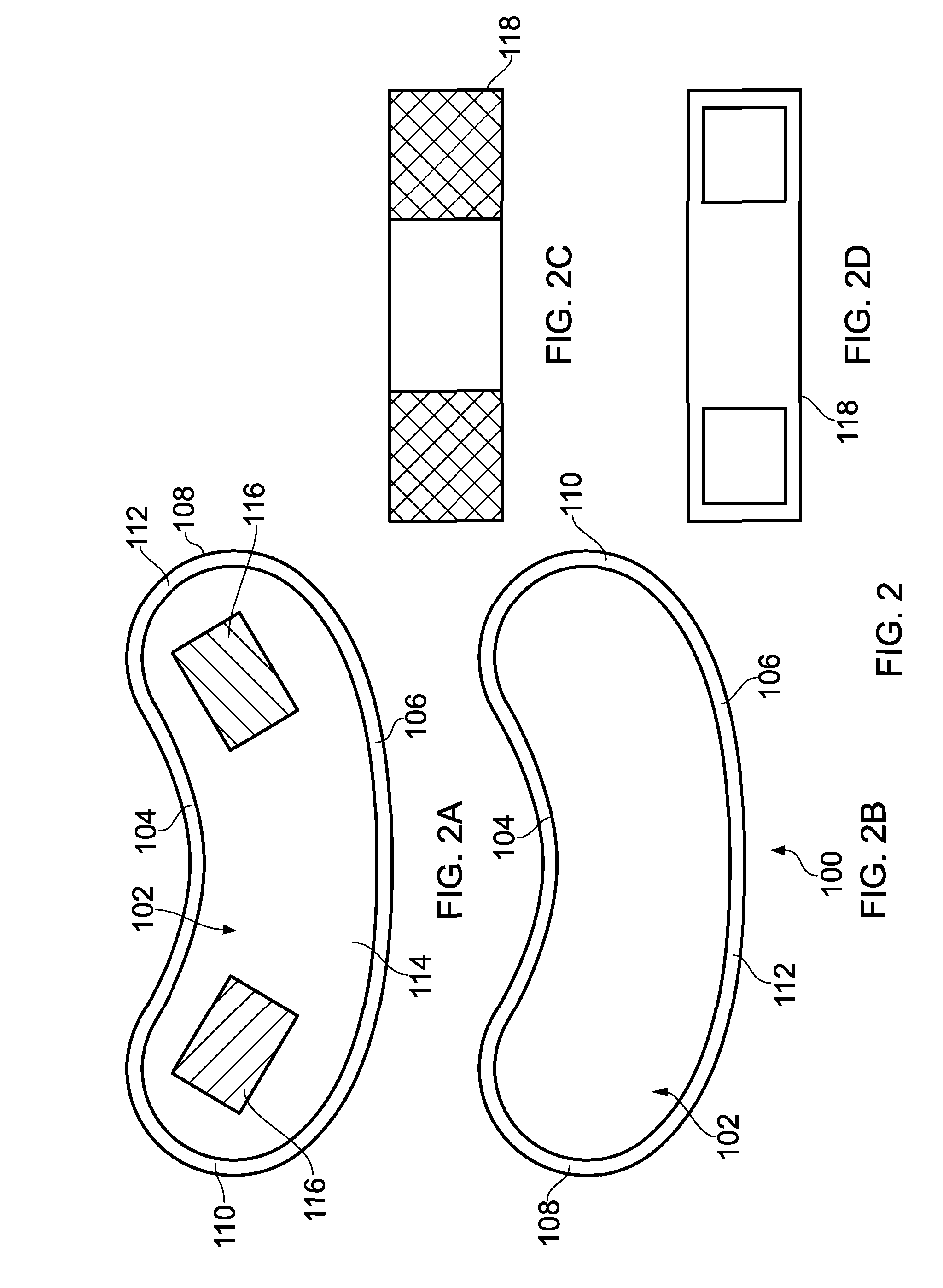Laminated bandage comprising an activated carbon cloth
a technology of activated carbon cloth and bandage, which is applied in the field of multi-layer products, can solve the problems of animal wounds and skin disorders, animal equine animals, ponies, etc., and avoid the re-use of this type of bandag
- Summary
- Abstract
- Description
- Claims
- Application Information
AI Technical Summary
Benefits of technology
Problems solved by technology
Method used
Image
Examples
examples
[0112]Antimicrobial testing was carried out by The Department of Biological Sciences at Lincoln University. Zorflex® activated carbon fabric with silver (Zorflex Ag) was tested for effectiveness against P. aeroginosa (a pathogen found in infected animal wounds) and D. congolensis (one of the pathogens known to be responsible for causing equine mudfever).
[0113]Testing involved innoculating the fabric (4 cm square patch) with 1 ml of either bacterial suspension, placing them sterile plates (7% sheeps blood agar for D. congolensis and MacConkey agar for P. aeroginosa) and incubating for 2 hours. After 2 hours the patches were then suspended in 50 ml of sterile PBS and washed for 10 mins. The patches were then squeezed out and placed onto sterile plates for later use.
[0114]The bacterial concentrations of the washing solutions were determined. This test proved the effectiveness of Zorflex® at adsorbing bacteria. Tests indicated that Zorflex® Ag adsorbed 99% of each bacteria see results b...
case study 1
[0117]Horse 1, an eight year old 16.1 hh Thoroughbred gelding, suffered from a very bad case of mud fever that the owner had tried to treat with barrier creams, homeopathic creams and lastly antibiotic creams without success. Because the mudfever would not clear up, the horse acquired a secondary infection (lymphangitis). After lymphangitis was treated with antibiotics, an activated carbon cloth with silver was used to dress the external wounds. Within three days, the wounds started to close and scab over. After one week, the scabs had turned black and started to crumble off. Within two weeks, the area was scab free and left new pink healthy skin.
[0118]Once the mud fever of Horse 1 had healed, the owner used pig oil, a mineral based oil that includes paraffin, as a barrier to the wet conditions. Unfortunately Horse 1 had a major reaction to this oil and all his legs swelled and erupted in sores. After being examined by the vet, the horse was treated with a product containing an acti...
case study 2
[0119]Horse 2, a ten year old 16 hh Thoroughbred gelding, suffered from a severe case of mud fever. A number of different treatments were used, including antibiotic creams provided by the veterinary surgeon, however the mud fever had turned in to a large open wound on the back of the hind pastern of the horse. As a result of the open wound, Horse 2 developed secondary infected lymphangitis. Despite being treated every six weeks with antibiotics, the lymphangitis kept re-occurring. The horse was then treated by dressing the wound with a product containing activated carbon impregnated with silver. The dressing was left on for 48 hours before being removed. The improvement was apparent within 48 hours. After a week of dressing using the activated carbon / silver product, the wound was fully healed and the horse could be turned out in the field.
[0120]The owner of Horse 2 used the products of the present invention as a preventative measure and the mud fever has not returned.
[0121]Sometime ...
PUM
 Login to View More
Login to View More Abstract
Description
Claims
Application Information
 Login to View More
Login to View More - R&D
- Intellectual Property
- Life Sciences
- Materials
- Tech Scout
- Unparalleled Data Quality
- Higher Quality Content
- 60% Fewer Hallucinations
Browse by: Latest US Patents, China's latest patents, Technical Efficacy Thesaurus, Application Domain, Technology Topic, Popular Technical Reports.
© 2025 PatSnap. All rights reserved.Legal|Privacy policy|Modern Slavery Act Transparency Statement|Sitemap|About US| Contact US: help@patsnap.com



